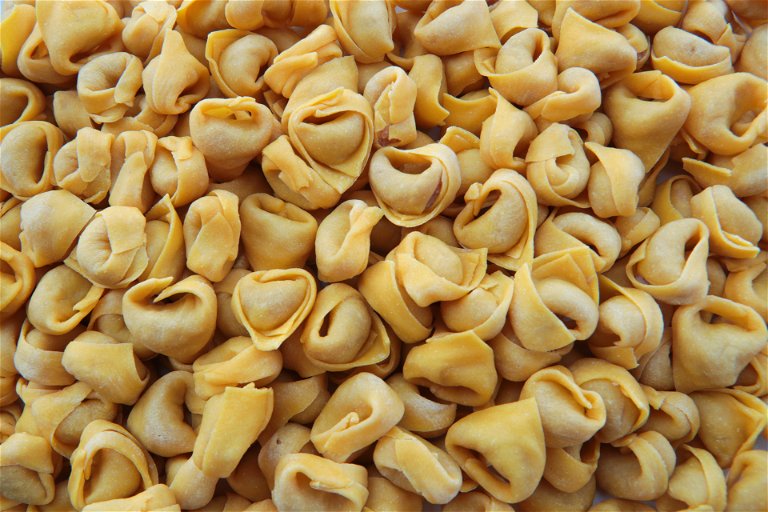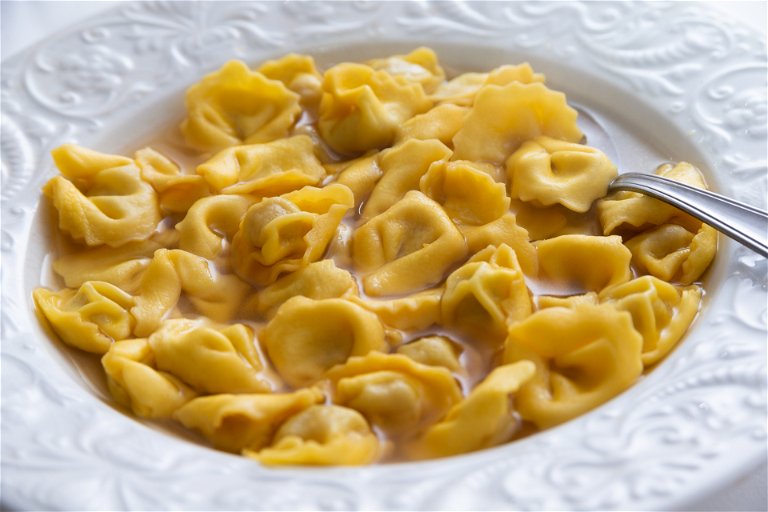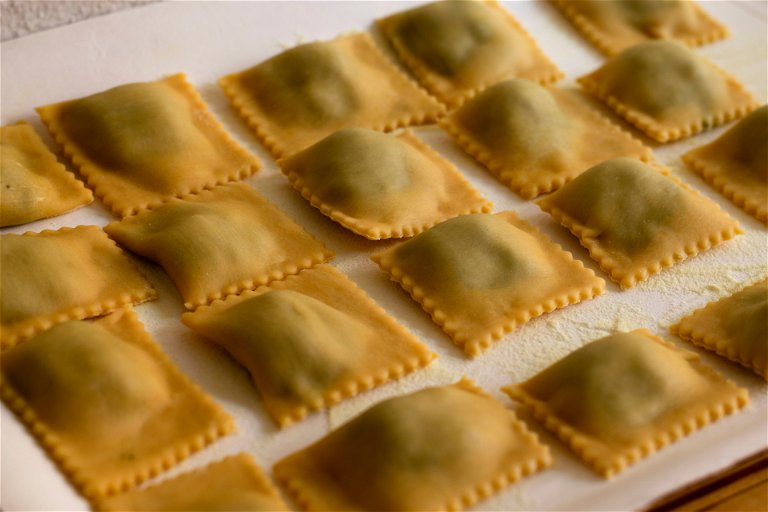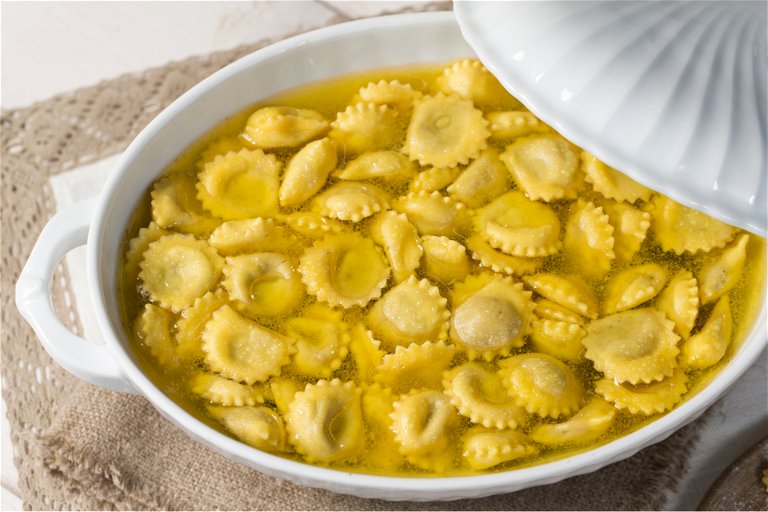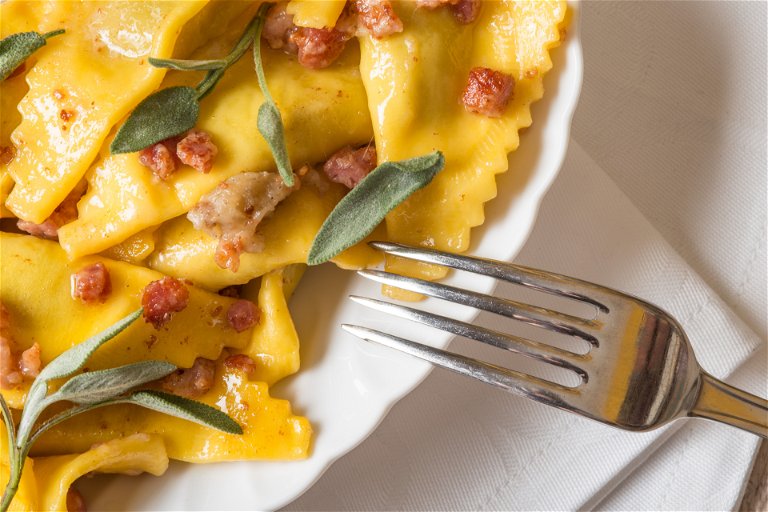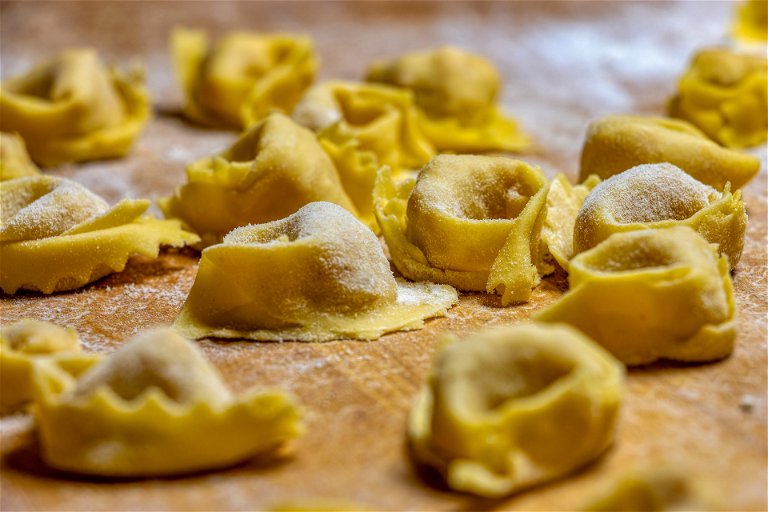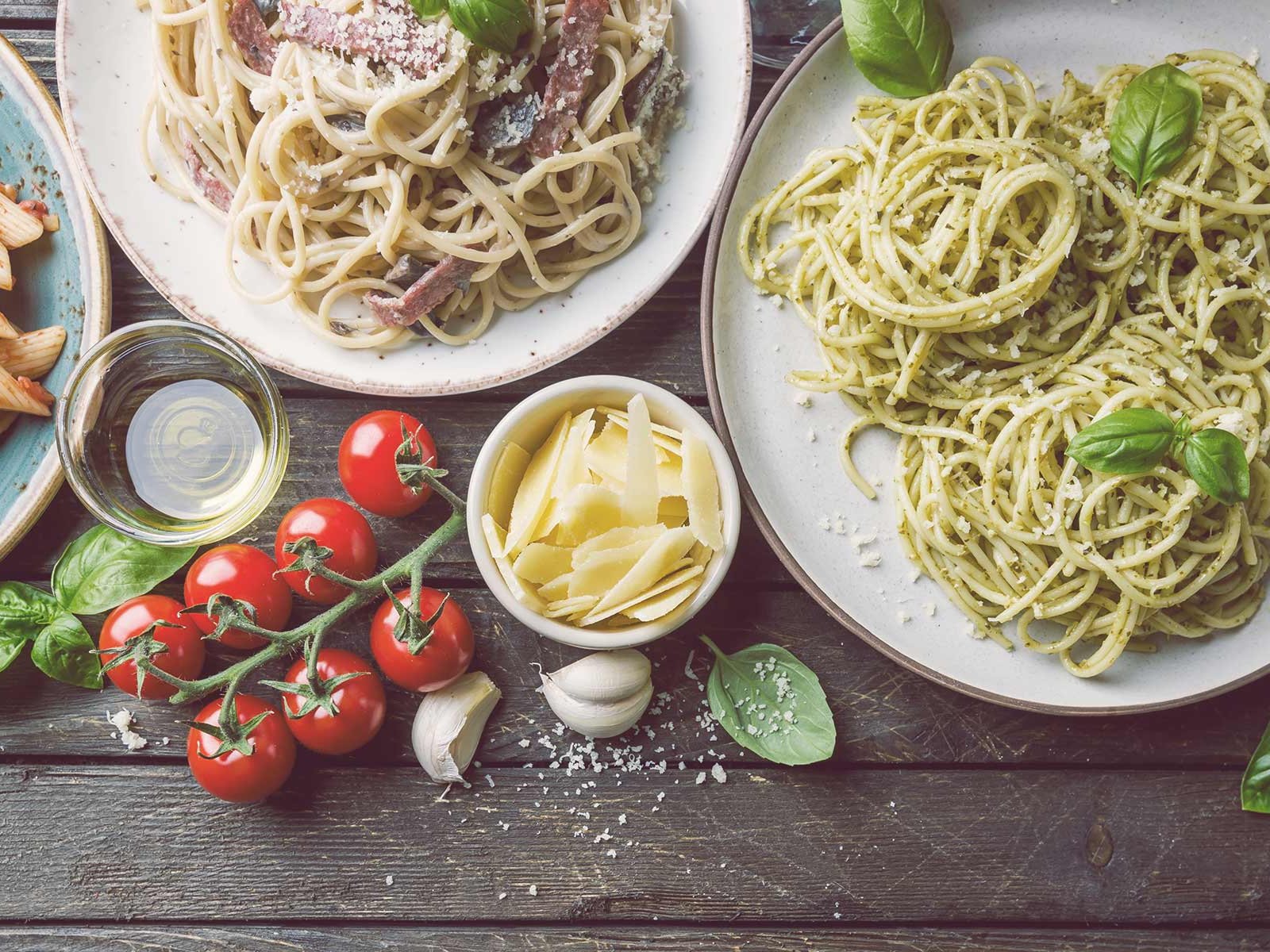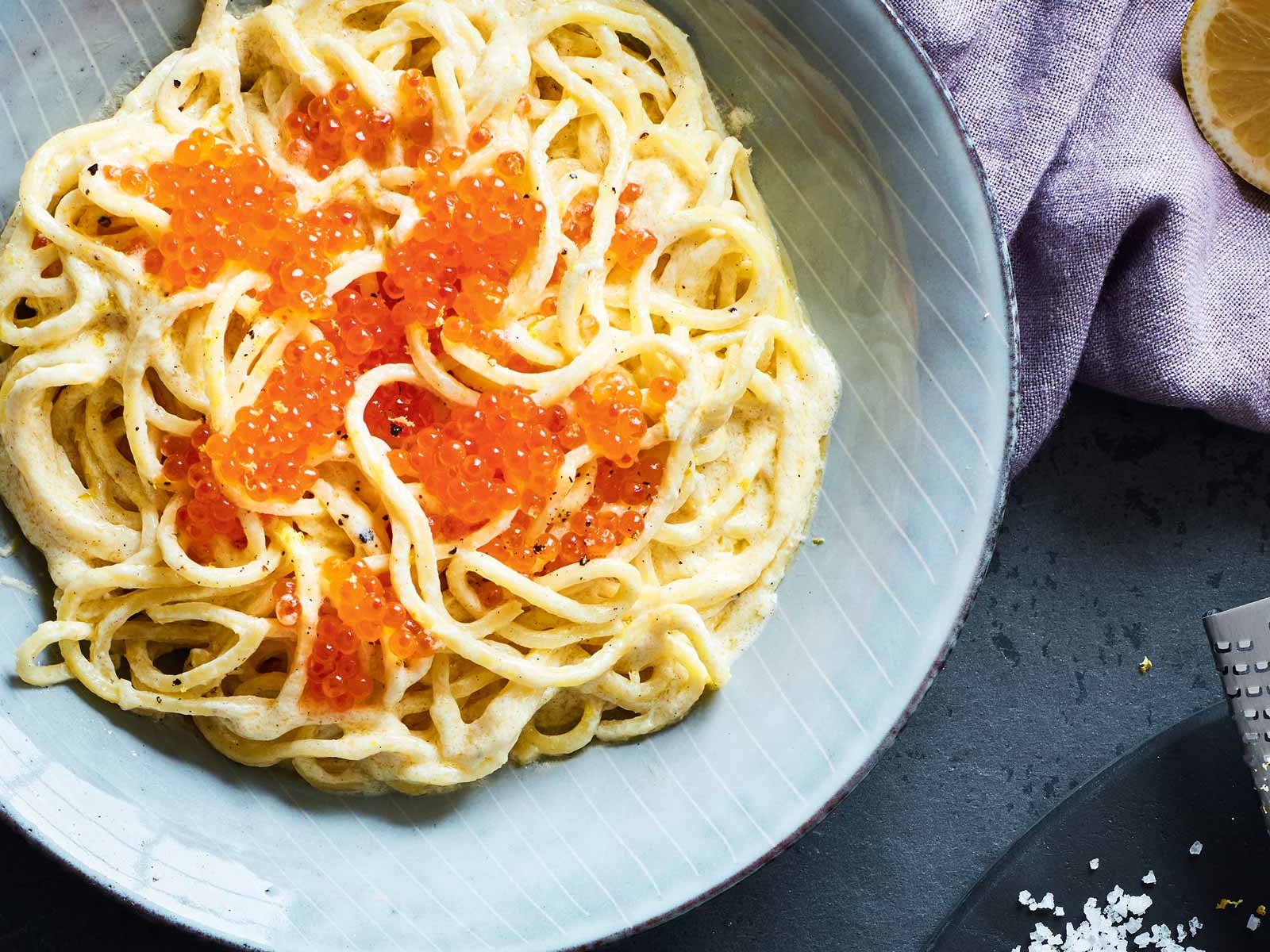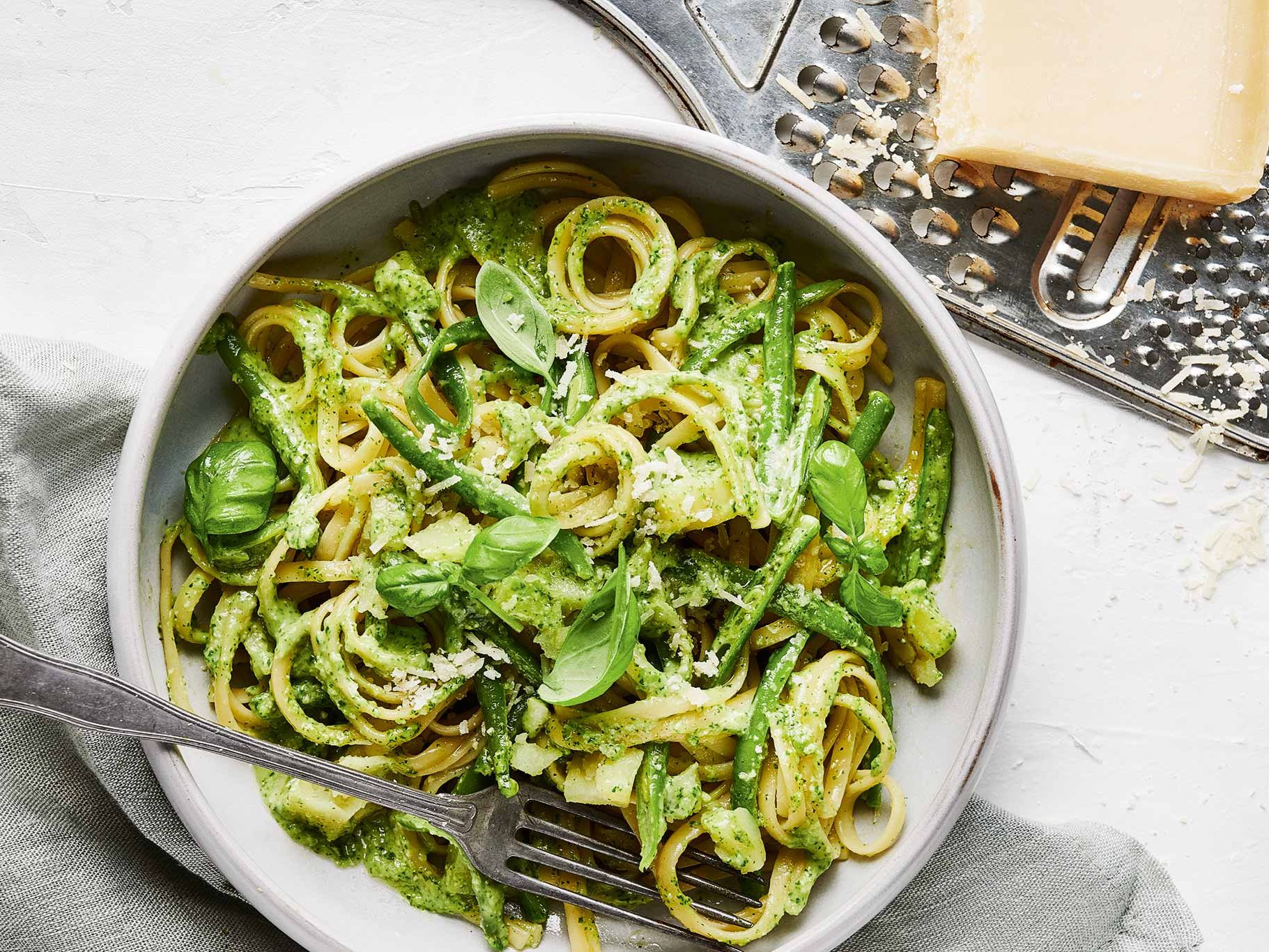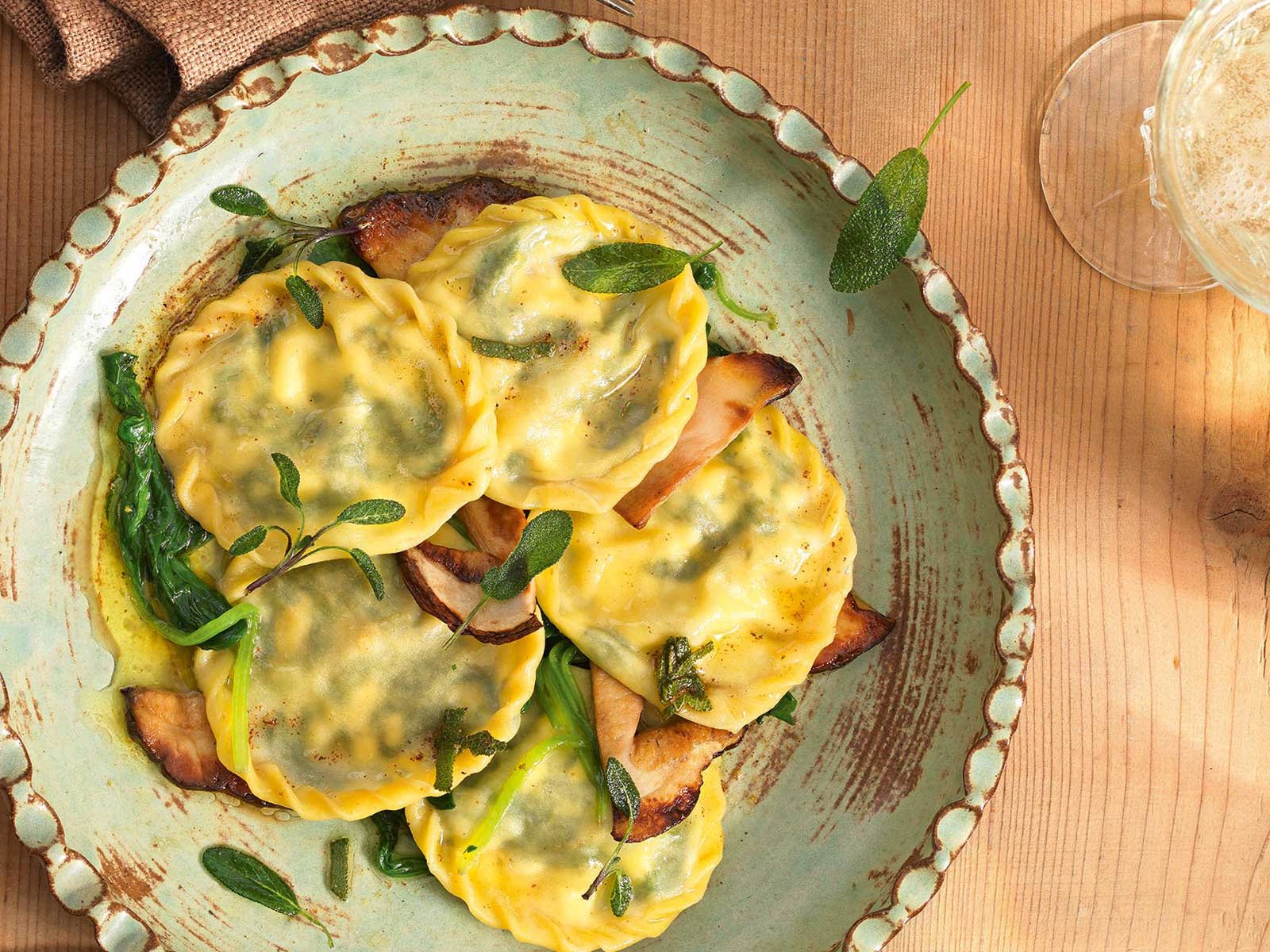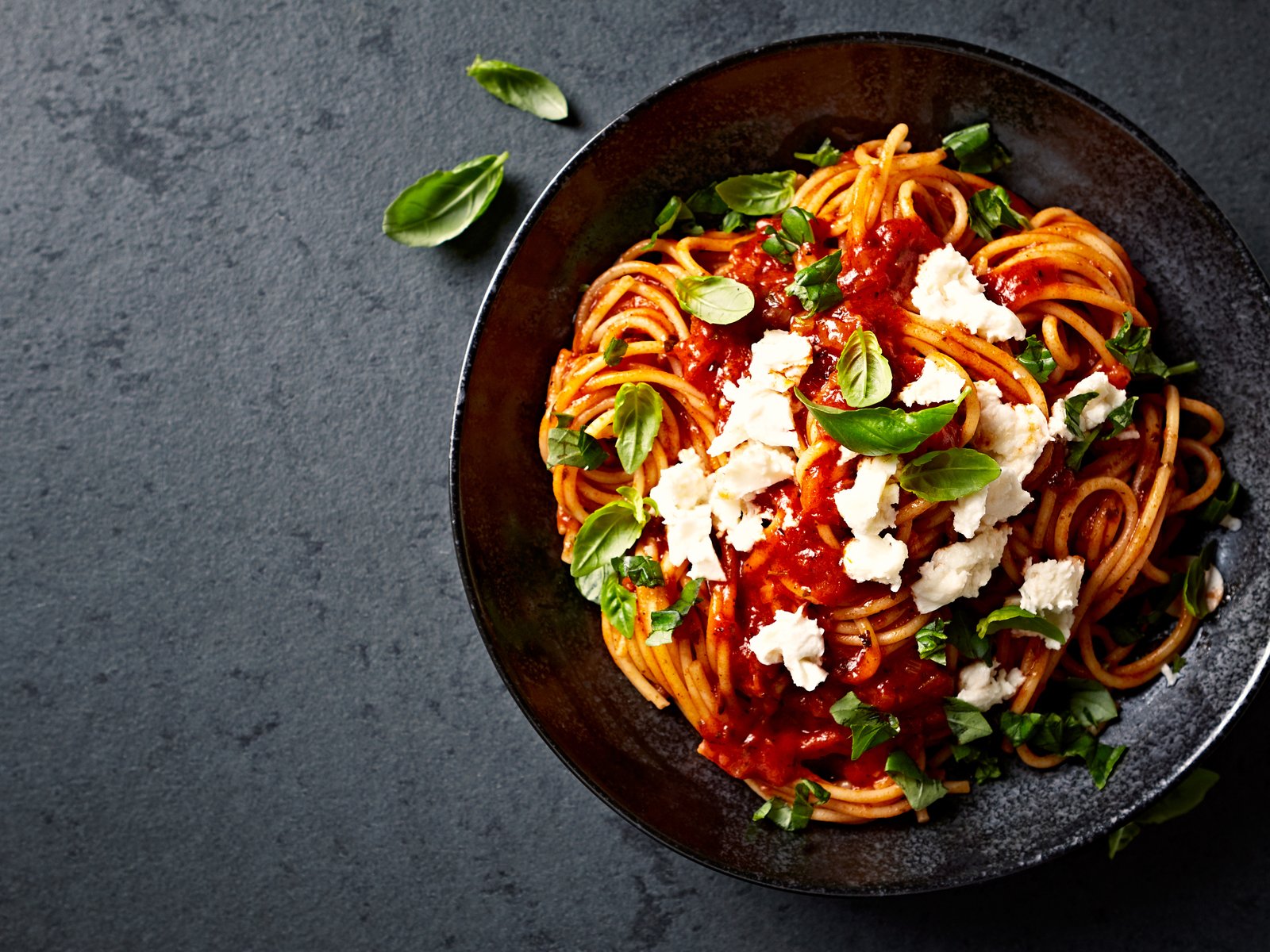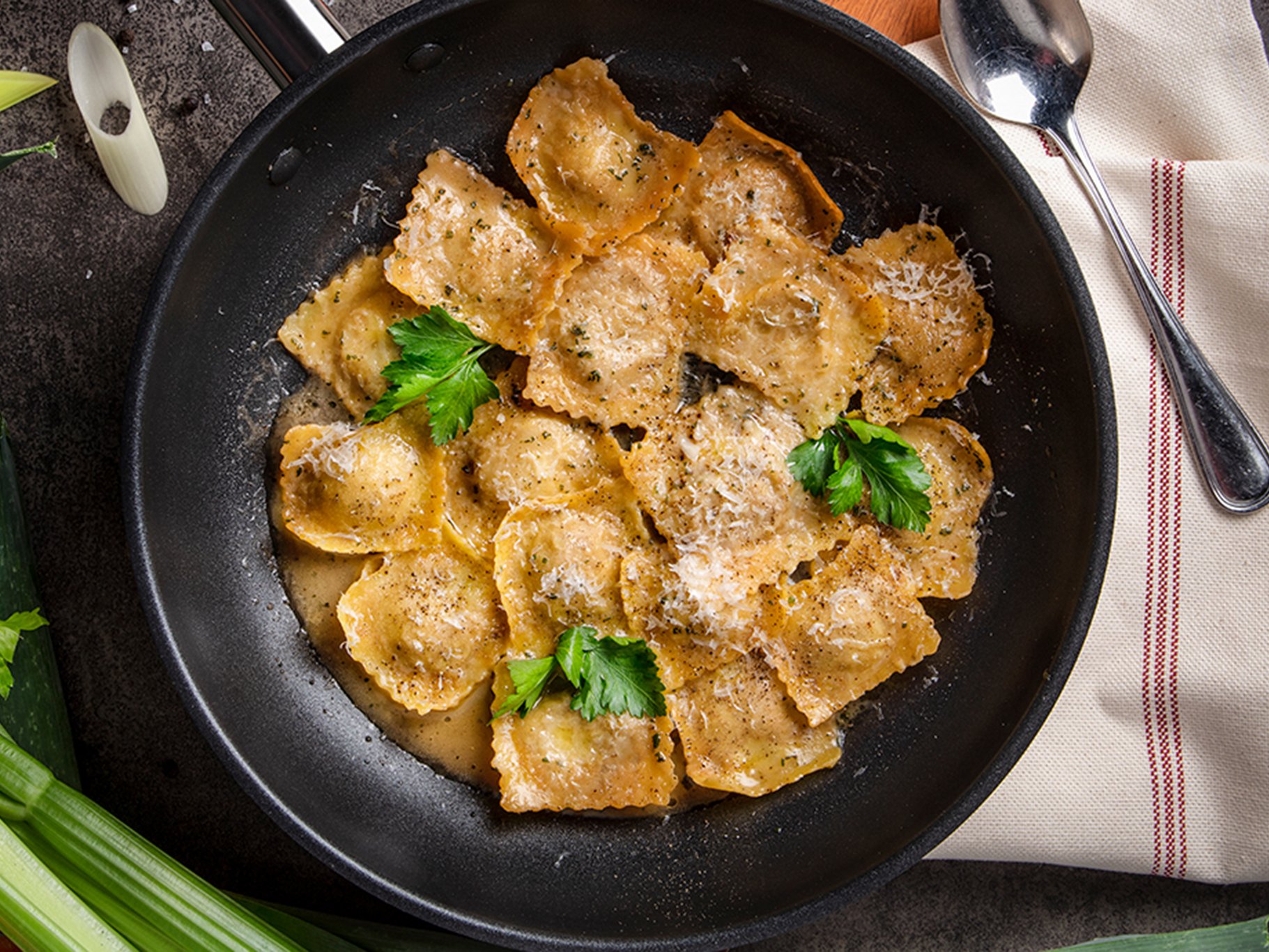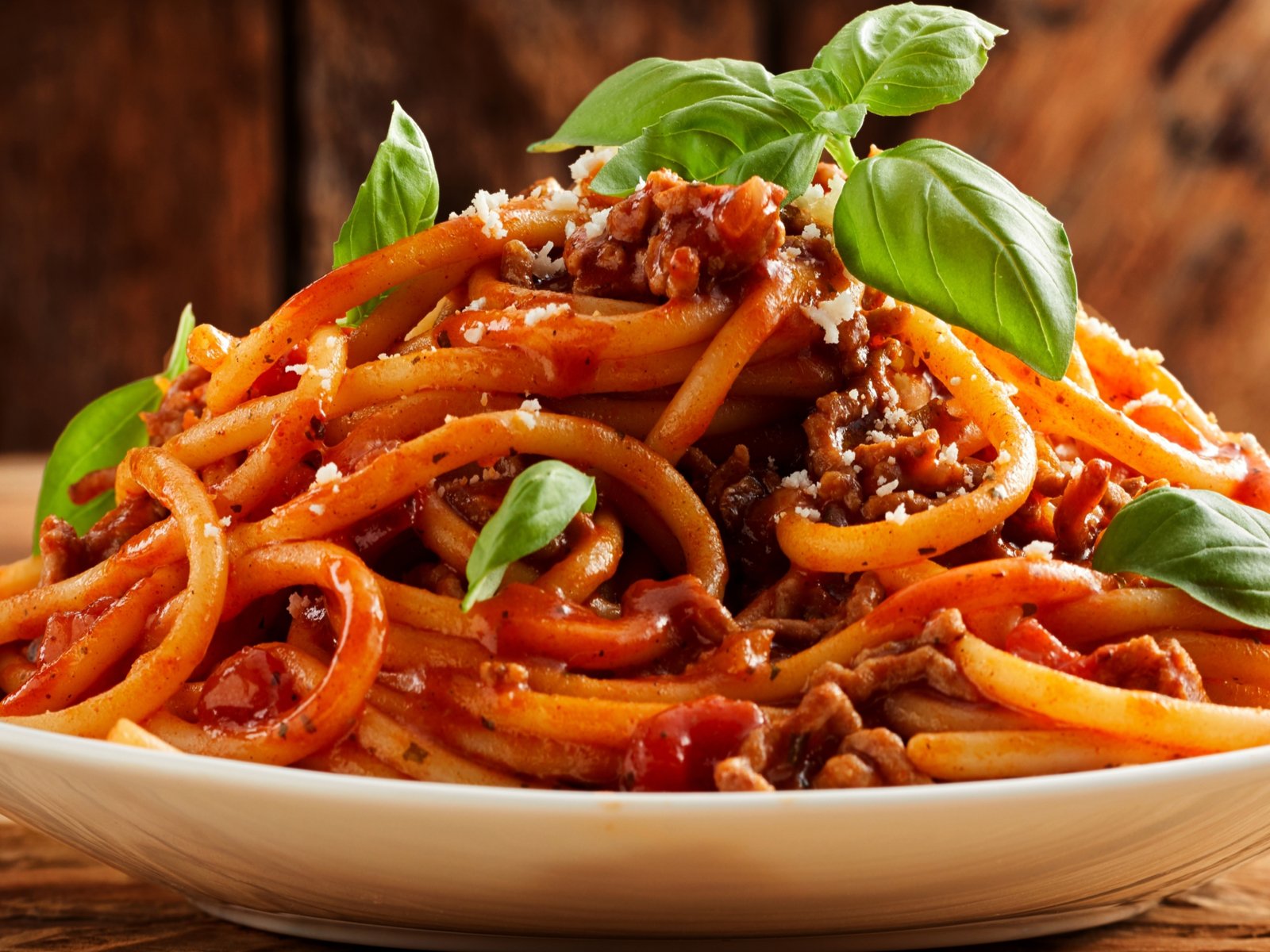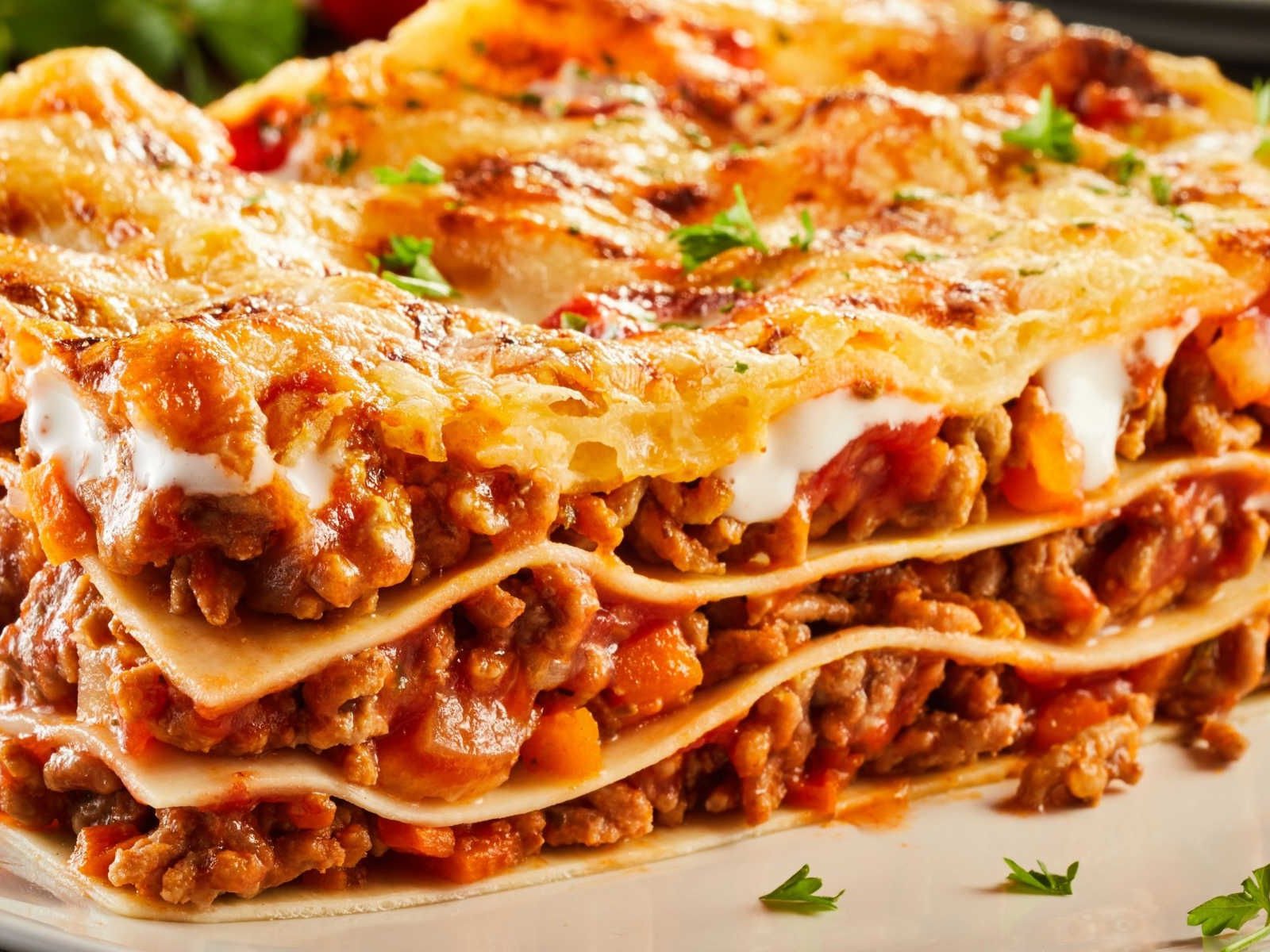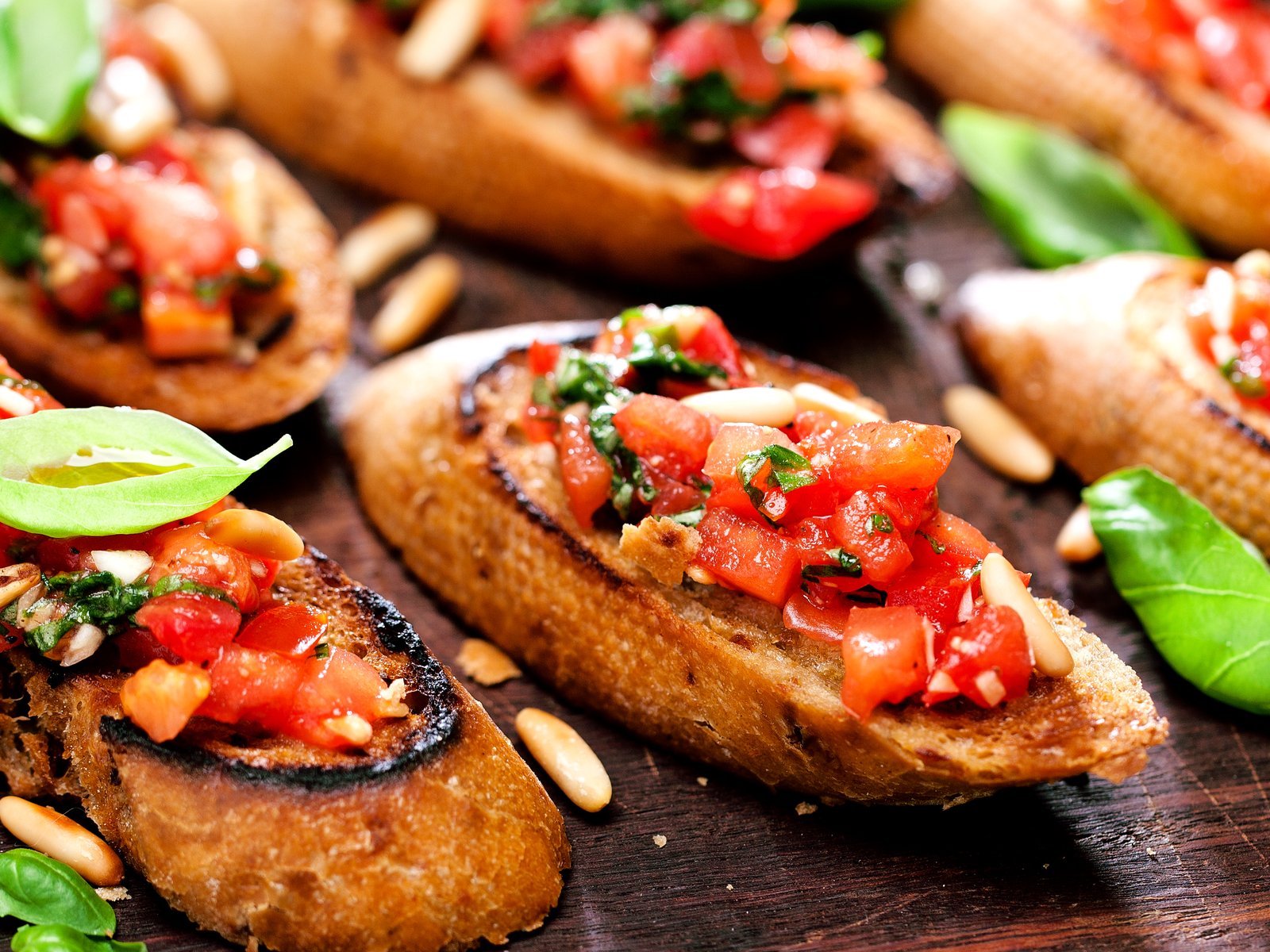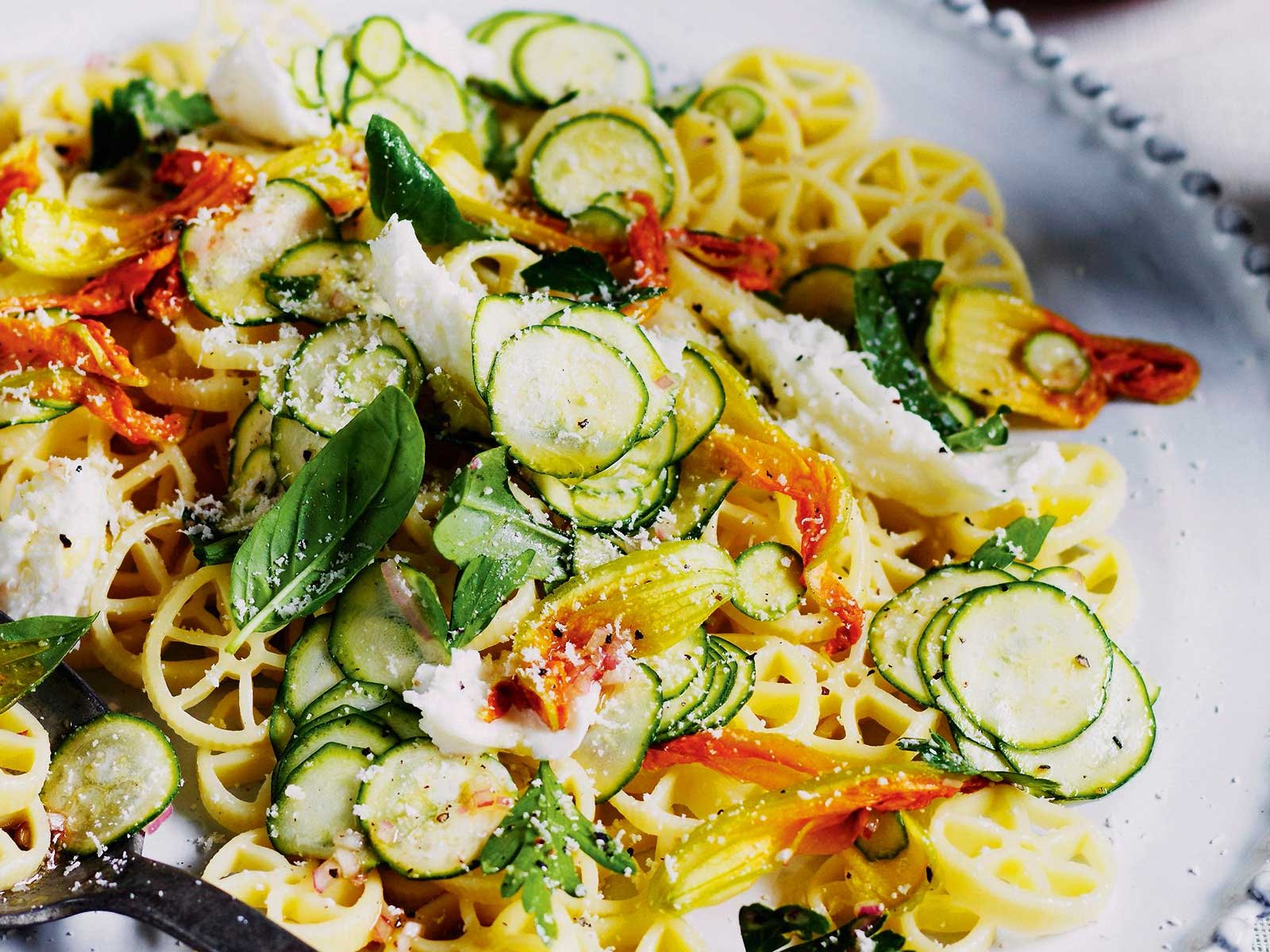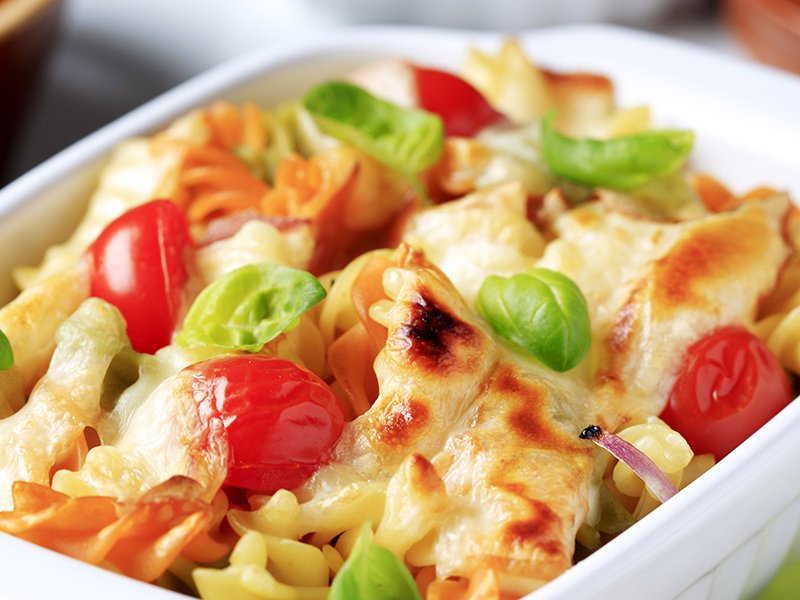Eight of the Best Filled Pasta from Northern Italy
Can you tell your tortellini from your cappelletti? Marubini from casoncelli? Here is what makes eight of the best stuffed pasta specialities so distinct.
Northern Italy is home to a wide variety of different stuffed pasta which, to non-Italians, might all look the same – but they are not. Not only their fillings and shapes differ but also the stock in which they are cooked. The original aim of filled pasta, which dates back to the 12th century, was to reuse leftover meat. Now there are numerous specialities in various cities, each of which is fiercely proud of its own recipe. Here are eight you must sample.
Tortellini
Maybe the most famous of them all, tortellini is a typical dish from Bologna and Modena, both of which claim to have invented it! According to the official recipe, which was elaborated by the Brotherhood of the Tortellino and the Italian Academy of Cuisine in 1974, the filling must include a mix of pork loin, ham, mortadella, Parmigiano Reggiano, eggs and nutmeg and it must rest for at least 24 hours before preparation. Tortellini was originally served with a meat broth, although a modern version allows fresh cream – but never with bolognese sauce.
Cappelletti
Cappelletti is the Romagna version of tortellini. While the shape is very similar, the filling includes beef, ham, pork, liver, giblets, nutmeg and breadcrumbs. Each family has its own recipe, with different proportions of the above ingredients.
Tortelli di Erbette alla Parmigiana
Parma, the city of Parma ham and Parmigiano Reggiano, is one of Italy’s most important food centres so naturally it has its own stuffed pasta. Filled with a mix of chard, ricotta cheese and Parmigiano Reggiano, tortelli are served “drowned in butter and dried by cheese”, as people from Parma say. And guess which cheese they are talking about…
Anolini
Moving to Piacenza, anolini differ from tortellini in that the filling is made of beef stew instead of raw meat, bread crumbs and Parmigiano Reggiano. The stock in which it is cooked and served is also different, being made from beef, veal and either chicken or capon.
Tortelli di Zucca
This recipe is one that still has a tangible link to Renaissance cooking due to its mix of sweet, sour and spice flavours. The filling of Tortelli di Zucca is made of pumpkin, Grana Padano cheese, amaretto biscuits, salt, nutmeg and mostarda mantovana, made from candied fruit chopped into fine slices, preserved in a sugar syrup and seasoned with mustard.
Ravioli del Plin
Ravioli del Plin is typical of the Langhe area in Piedmont, where Barolo and Barbaresco wines are produced. Its name originates from the pinch, plin in Piedmontese, that closes the ravioli. Its filling is a mix of braised beef, veal brains, Parmigiano Reggiano, salt and pepper. It is served with butter and a little fond brun.
Casoncelli
Roasted meat is what gives casoncelli, a stuffed pasta typical of Bergamo and Brescia, its distinctive taste, together with amaretto biscuits, raisins, garlic, parsley and Grana Padano cheese. This triangle-shaped pasta is served with butter, sage, crunchy pancetta and grated cheese.
Marubini
Marubini is a speciality from Cremona, the city of the world-famous Stradivari violins. It differs from other recipes due to the presence of salami, which can be used both for the stock and the filling. The parcels are filled with beef stew, either salami or pork sausage, eggs, bread crumbs, chicken livers and Grana Padano cheese. The shape is not so important, but the stock is. Marubini’s broth is made from three different stocks: chicken, beef, and either veal or salami.
